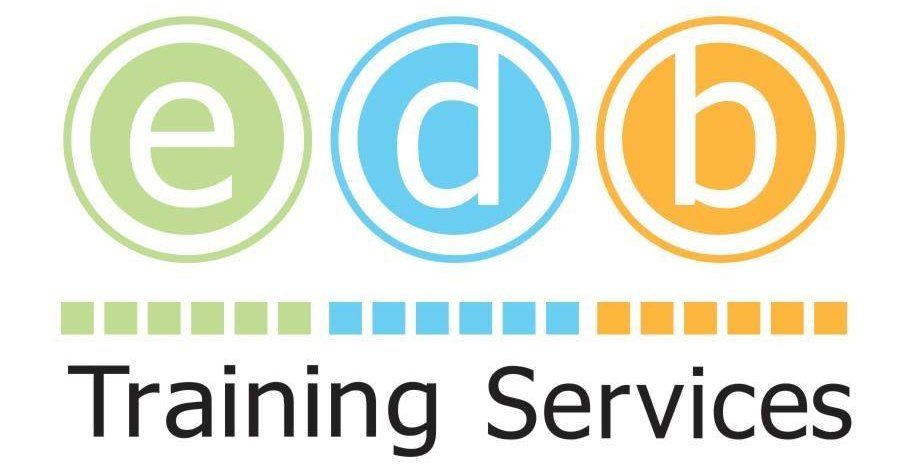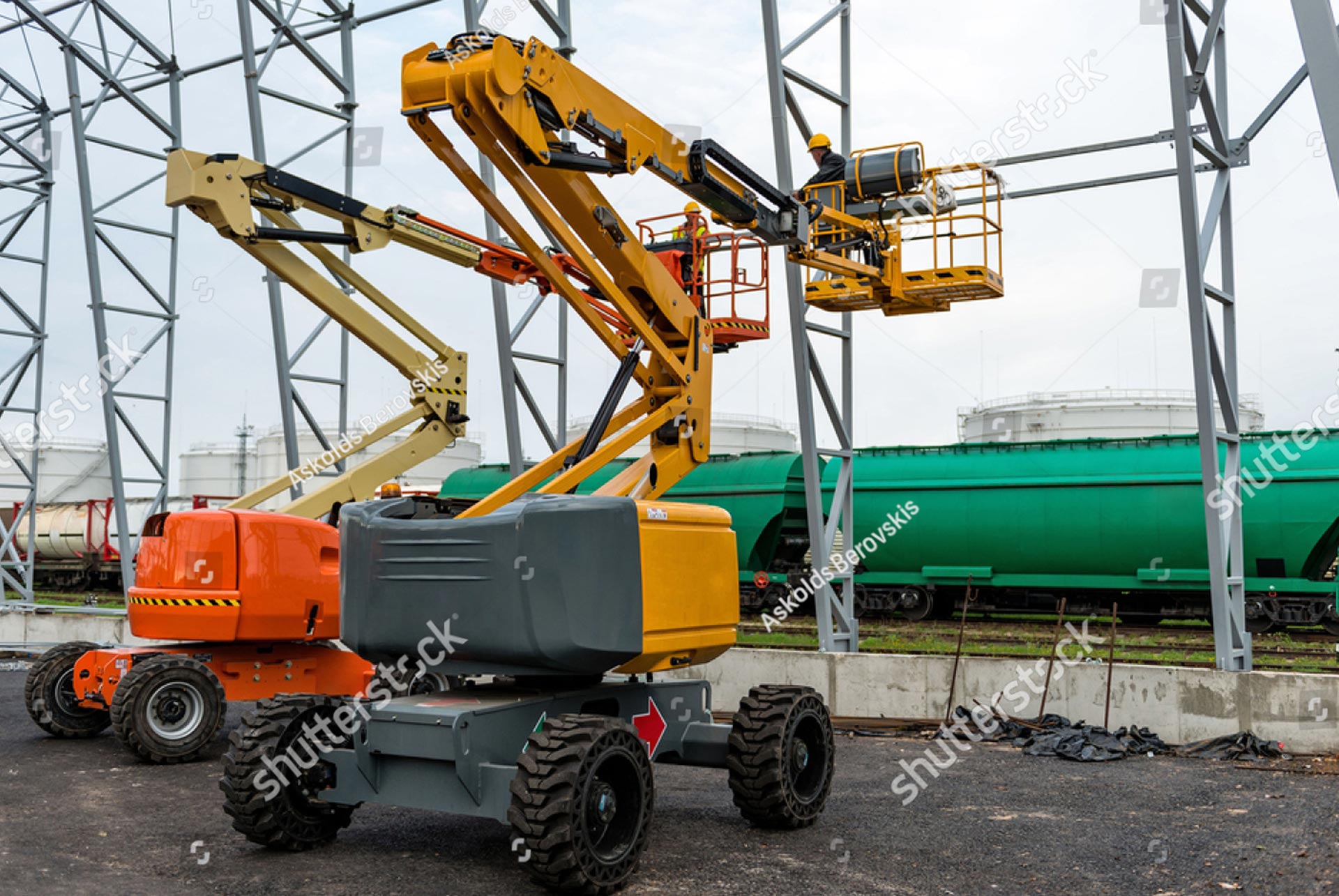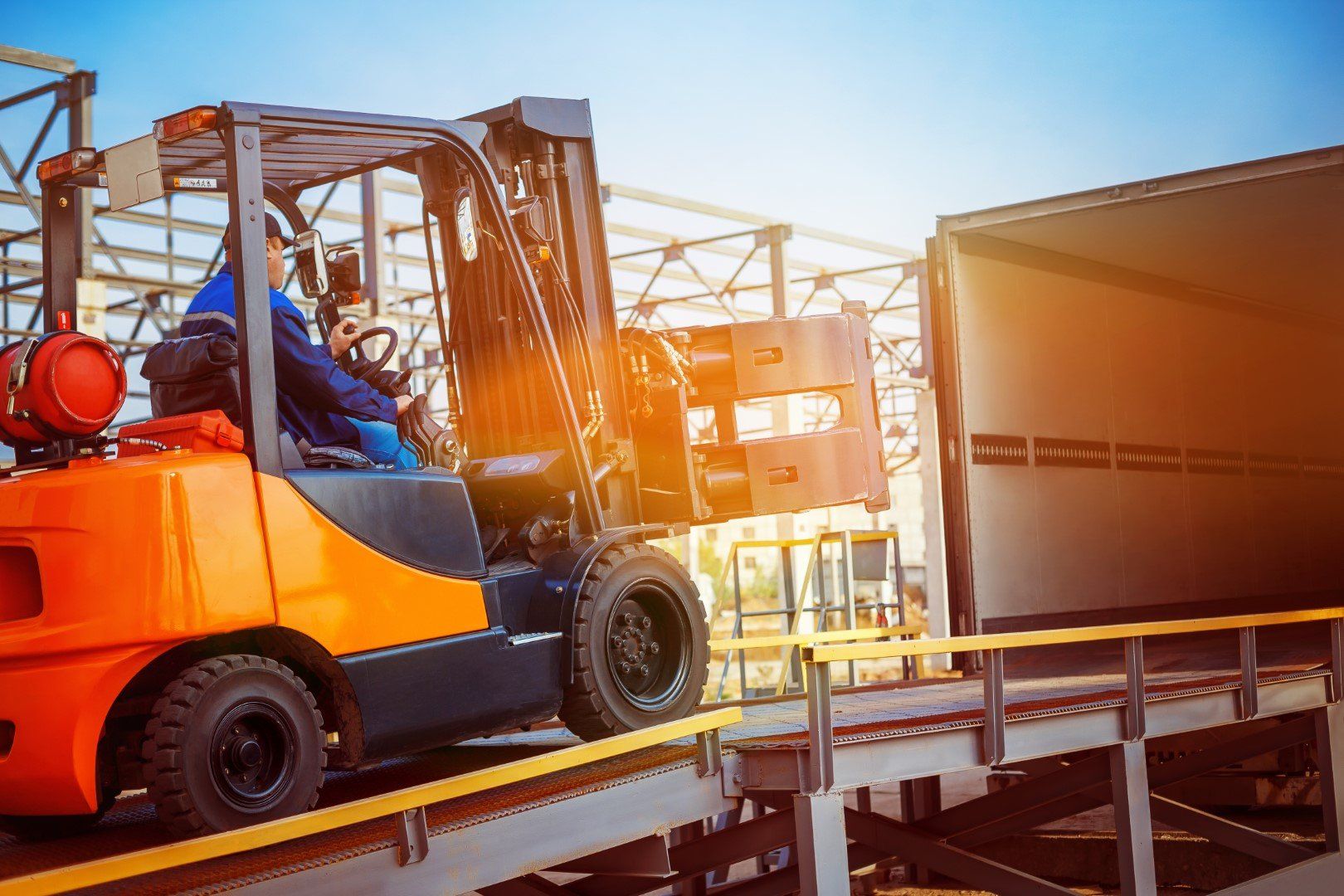How to Pick Up and Place a Load With a Forklift
Mastering Forklift Operation
An Extensive Guide to Safely Handling Forklift Loads in Queensland
Forklifts are indispensable tools in various industries, facilitating the movement of heavy loads with efficiency and precision. However, improper operation can lead to accidents, injuries, and costly damages. In this comprehensive guide based on safe operation of a forklift in Queensland, we'll delve into the proper techniques for picking up and placing loads with a forklift to prevent accidents and damage, ensuring safety in the workplace.
Understanding Forklift Dynamics
Before delving into the techniques, it's crucial to understand the basic dynamics of a forklift. We'll explore key components such as the mast, forks, load center, and lifting capacity. Understanding these elements lays the foundation for safe operation.
Pre-Operational Forklift Checks
A thorough pre-operational check is essential to ensure that the forklift is in optimal condition. We'll outline the steps for inspecting key components such as tires, brakes, steering, hydraulics, and safety features. Regular maintenance and inspection routines are vital for preventing unexpected breakdowns and malfunctions.
Pre-operational checks are a vital aspect of forklift safety, ensuring that the equipment is in optimal condition before use. These checks involve a systematic inspection of various components to identify any issues that could compromise safety or performance. Here's a detailed look at the key steps involved in pre-operational lifts:
- Visual Inspection: Begin by visually inspecting the forklift for any obvious signs of damage, leaks, or wear and tear. Look for fluid leaks, lose or missing components, and damage to tyres, forks, or the mast.
- Functional Checks: Test the forklift's key functions, including steering, brakes, acceleration, and lifting mechanisms. Ensure that all controls are responsive and functioning correctly and that there are no unusual noises or vibrations during operation.
- Fluid Levels: Check the levels of essential fluids such as hydraulic fluid, engine oil, and coolant. Topping up fluids as needed helps maintain optimal performance and prevents damage due to low levels.
- Battery and Electrical System: Inspect the battery for signs of corrosion, damage, or loose connections. Test the lights, horn, and other electrical components to ensure they are working correctly.
- Safety Features: Verify that all safety features, such as seat belts, backup alarms, and emergency stop buttons, are in working order. These features are crucial for protecting operators and bystanders in the event of an emergency.
By performing thorough pre-operational checks before each lift, operators can identify and address any potential issues, ensuring safe and efficient operation of the forklift. Regular maintenance and adherence to safety protocols further contribute to a safe working environment.
Planning the Forklift Lift
Efficient planning is critical for safe forklift operation. We'll discuss the importance of assessing load weight, dimensions, and centre of gravity. Proper planning helps determine the appropriate forklift attachment and ensures that lifting capacity is not exceeded, reducing the risk of accidents and tip-overs.
Approaching the Load
Proper approach technique minimises the risk of collisions and ensures precise alignment with the load. We'll cover aspects such as positioning the forklift, aligning the forks with the load, and maintaining a safe distance from obstacles. Smooth and controlled approach manoeuvres are essential for safe load pickup.
Fork Adjustment and Load Placement
Achieving proper fork width and insertion depth is crucial for load stability. We'll discuss techniques for adjusting fork width and ensuring even insertion under the load. Proper load placement on the forks and centring the load to maintain balance are emphasised to prevent load shifts during transport.
Lifting the Load
Executing a smooth and controlled lift is essential for load stability and operator safety. We'll explore techniques for engaging the lifting mechanism, raising the forks to the desired height, and avoiding abrupt movements. Maintaining a clear line of sight and monitoring load stability throughout the lift are emphasised.
Securing the Load
Once the load is lifted, securing it on the forks is paramount. We'll discuss methods for double-checking load stability and adjusting as necessary. Proper load securing techniques, such as using load binders or straps, are explored to prevent load slippage or falling during transport.
Safe Transport Practices
During transport, maintaining control of the forklift and load is essential for preventing accidents. We'll cover techniques for driving the forklift smoothly, avoiding obstacles, and maintaining a safe distance from pedestrians and other equipment. Proper load height and tilt angle adjustments are emphasised for stability and visibility.
Placing the Load
Safely placing the load at its destination requires precision and control. We'll discuss techniques for approaching the placement area, lowering the load gently, and ensuring proper alignment. Careful manoeuvring and monitoring are essential to avoid collisions and damage to the load or surroundings.
Post-Operational Forklift Checks and Maintenance
After completing the lift, conducting post-operational checks ensures that the forklift is ready for future tasks. We'll outline the steps for inspecting the forklift, securing it in its designated parking area, and reporting any issues or concerns. Regular maintenance routines are essential for prolonging the lifespan of the forklift and ensuring safe operation.
Mastering the proper techniques for picking up and placing loads with a forklift is essential for preventing accidents and damage in the workplace. By understanding forklift dynamics, conducting thorough pre-operational checks, and following safe operational practices, operators can ensure safety and efficiency in handling loads. Continuous training and adherence to safety protocols are key to maintaining a safe working environment for all personnel involved in forklift operations.
Regular inspection of the forklift is crucial for identifying potential issues that could compromise safety and performance. Operators should conduct pre-operational checks as well as more thorough inspections at regular intervals. Here's a closer look at the key components to inspect:
Tyres: Check for signs of wear, damage, or low pressure. Properly inflated and well-maintained tires ensure stability and traction, especially when carrying heavy loads.
Brakes: Test the brakes to ensure they are functioning correctly. Faulty brakes can lead to accidents, especially when stopping or manoeuvring with a load.
Steering: Check the steering mechanism for smooth operation and responsiveness. Any stiffness or unusual noises should be addressed promptly to prevent loss of control.
Hydraulics: Inspect hydraulic hoses, cylinders, and fluid levels for leaks or damage. Proper hydraulic function is essential for lifting and lowering loads safely.
Safety Features: Ensure that all safety features, such as lights, horns, seat belts, and backup alarms, are in working order. These features help alert operators to potential hazards and ensure visibility in busy work environments.
By conducting regular inspections and addressing any issues promptly, operators can maintain the forklift in optimal condition, minimising the risk of accidents and downtime due to mechanical failures. Additionally, keeping detailed maintenance records helps track the forklift's condition over time and informs preventive maintenance schedules for continued safe operation.
For your best Forkift Training Course call EDB Training Services. We have been training qualified forklift operators for decades and ensure your training will be at the highest level.









